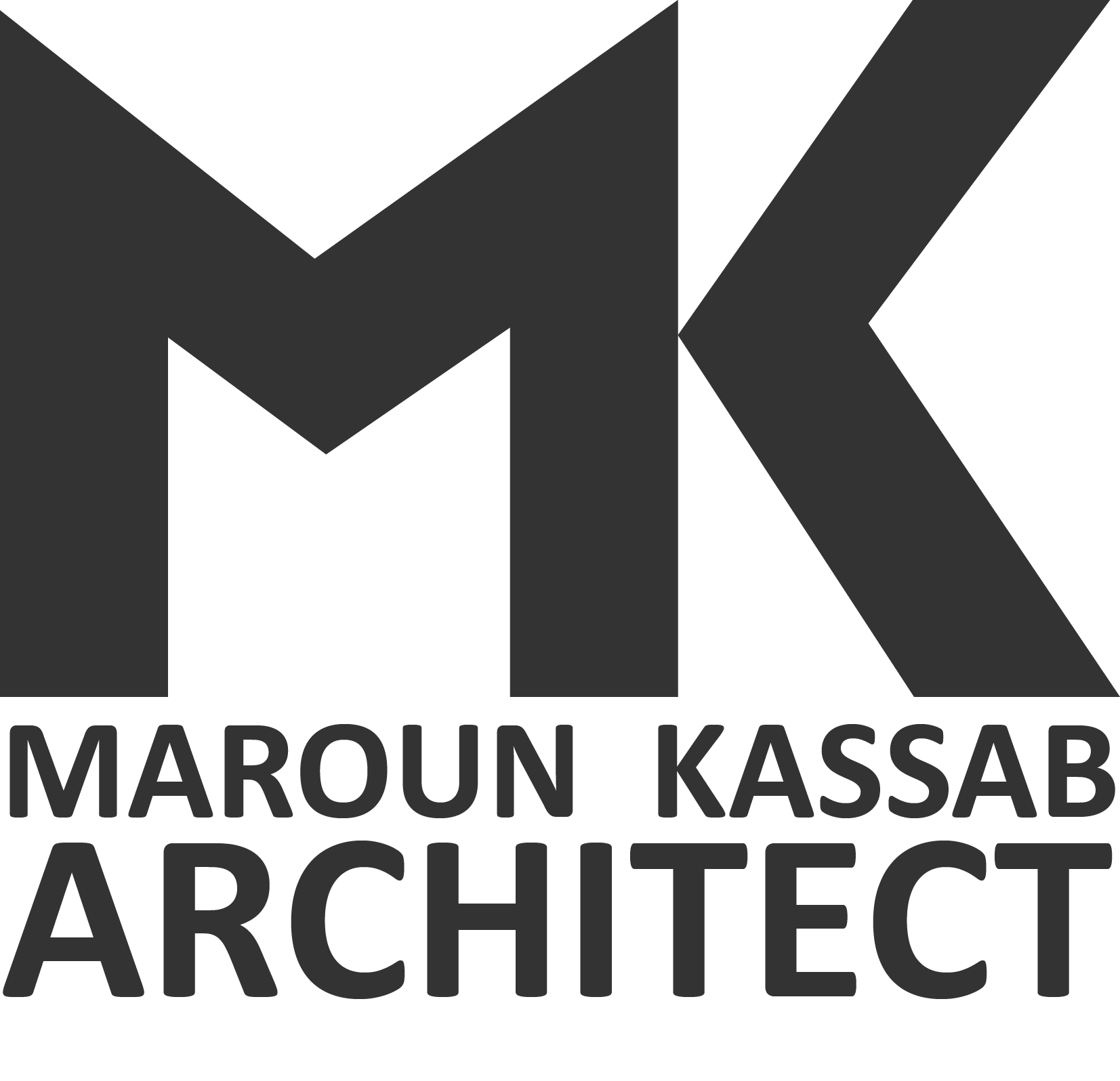
K Residences: The New Residential Project by Maroun Kassab
In contemporary architectural discourse, the relationship between design processes and visual character has become a topic of significant concern. This dialogue is particularly relevant in the context of Lebanese suburbs, where a perceptible decline in the adventurous spirit of architectural experimentation has led to a monotonous urban aesthetic. The current predilection for flat wall imagery has not only compromised the spatial qualities inherent in architectural work but has also failed to yield any substantive aesthetic or functional benefits. Furthermore, the emergent phenomenological emphasis on the concept of “place” has proven to be an elusive ideal rather than a tangible reality. Thus, there is a pressing need to reassess and reinvigorate the interplay between space, place, and architectural aesthetics.
Historically, architectural design has been an exercise in balancing innovation with tradition, aesthetics with functionality, and form with context. In the Lebanese suburbs, however, this balance appears to have been disrupted. The architectural landscape is increasingly characterized by homogeneity, where the prevalence of flat, unarticulated facades has resulted in a diminished spatial experience. These facades, often devoid of depth, texture, and variation, fail to engage the observer or inhabitant on a meaningful level. The result is an urban environment that lacks the dynamism and visual interest that are crucial to the experiential quality of architecture.
The theoretical underpinnings of this issue can be traced to the phenomenological approach to architecture, which emphasizes the concept of “place” as central to the human experience of built environments. Phenomenology in architecture advocates for designs that resonate with the lived experiences of individuals, fostering a deep connection between people and their surroundings. However, in the Lebanese context, this concept has often remained theoretical rather than practical. The architectural manifestations intended to embody “place” have frequently been abstract and disconnected from the tangible realities of daily life.
To address these challenges, it is imperative to reexamine the architectural process itself. This process is inherently sensitive and nuanced, requiring a careful balance of creative thinking and practical considerations. Architects must strive to establish a dialogue between their creations and the people who interact with them. This dialogue should not merely be visual but should engage all senses, creating spaces that “speak” to their users and reflect their needs, aspirations, and identities.
A reinvigorated architectural practice in the Lebanese suburbs should prioritize experimentation and innovation, moving beyond the flat wall paradigm to explore more dynamic and varied spatial configurations. Such an approach would not only enhance the visual character of the built environment but also enrich the spatial experiences of its inhabitants. By embracing a more adventurous spirit in design, architects can create spaces that are both aesthetically compelling and deeply resonant with the concept of place.
In conclusion, the current state of architectural design in Lebanese suburbs reflects a broader malaise in contemporary architectural practice. The loss of adventurous experimentation has led to a sterile urban aesthetic, while the phenomenological focus on “place” remains largely unfulfilled. To overcome these challenges, architects must reassess the interplay between space, place, and aesthetics, embracing a more creative and experimental approach to design. Only by doing so can we hope to create architectural works that truly resonate with their users and contribute to a richer, more engaging urban experience.
In the K project, a reinterpretation of the triple arch typology in reinvested in a new manner on the front façade. The typical apartment building typology that is prevalent in the Lebanese suburb is given a facelift in an attempt to re-inject a sense of character. The result is a fusion between two sensitivities, one which is grounded in functionality and one that is grounded in aesthetics.

